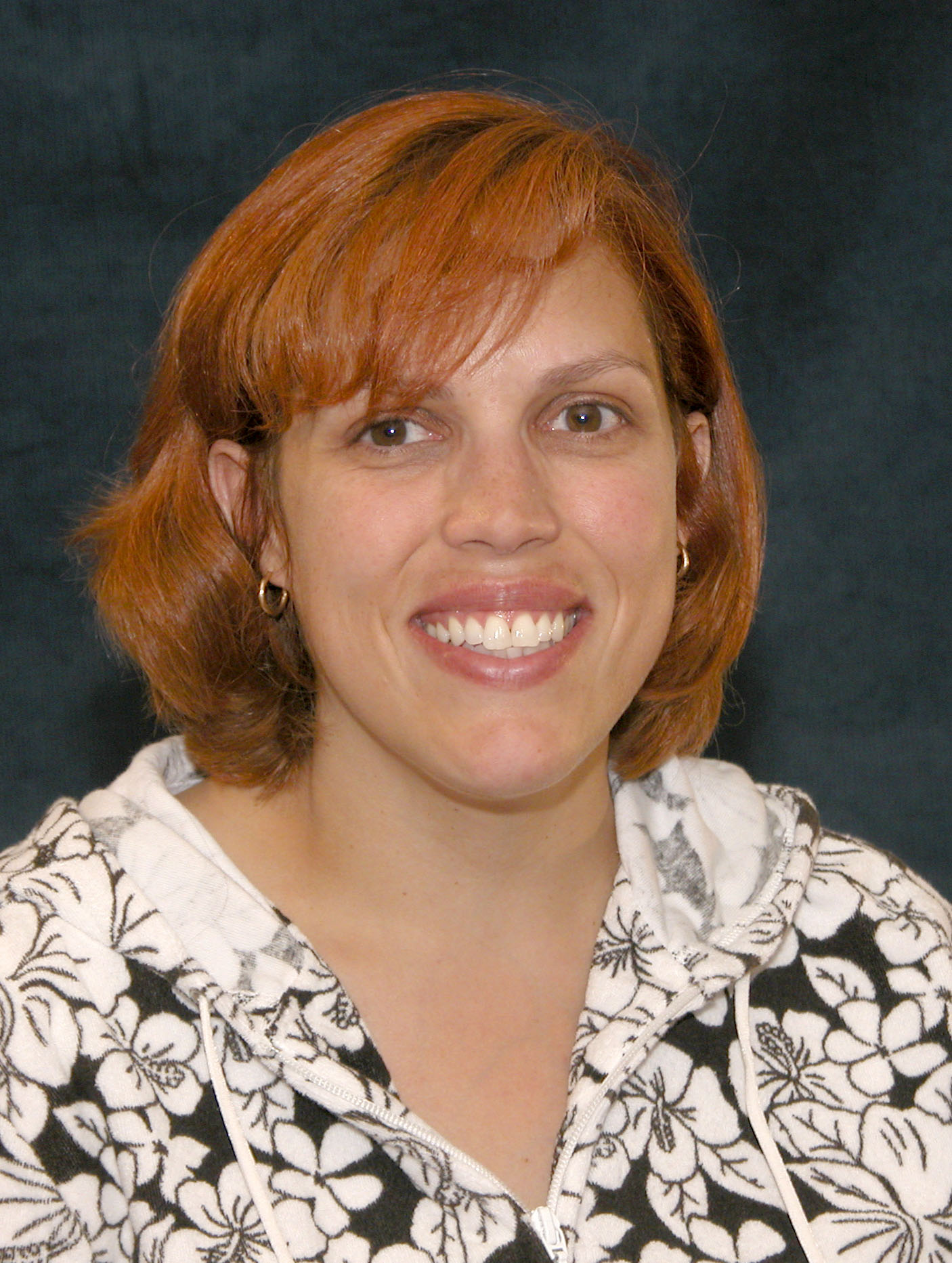Grad student Kriste Henson has been awarded an Eisenhower Graduate Fellowship from the US Department of Transportation, a Geography and Regional Science Dissertation Improvement Grant from the National Science Foundation, and a Doctoral Dissertation Grant from the University of California Transportation Center. According to Kriste’s advisor, Kostas Goulias, her Eisenhower Graduate Fellowship award of $35,500 “was the largest award that I have ever seen since the creation of the program. This year the program received 178 applications and we know the #70 ranked did not get any funding. This means Kriste is somewhere in the very top 5.”
Kriste’s current Eisenhower award will fund her doctoral research on “Travel Determinants and Multi-scale Transferability of National Activity Patterns to Create Synthetic Populations,” and it supplements her 2008 NSF grant of $6,000 for her doctoral dissertation research. Kriste’s UCTC grant of $15,000 is also a fellowship towards conducting her dissertation research. According to her Project Summary:
“Homeland security applications require fine modeling and simulation resolution in time and space to represent human activity and travel behavior. The TRansporation ANalysis SIMulation System (TRANSIMS-LANL), an activity-based transportation modeling system, has the ability to simulate the movements of individuals around a network on a second-by-second basis between parcel-level locations. At the core of TRANSIMS-LANL are “synthetic” schedules which are formulated based on activity/travel diaries. In order to model cities or large regions in a timely manner, a new methodology is proposed that will allow a person’s activity patterns to be “transferred” to another person living in a different geographic location. A Structural Equations Model (SEM) will be developed based on sociodemographic information for survey households in the 2001 National Household Travel Survey (NHTS) and land use, land form, and accessibility measures gathered from several sources of national-level geographic data including Navteq Navstreets and Dunn & Bradstreet business data. The SEM will be used to define lifestyle groupings to describe the NHTS survey households. A synthetic population can be classified based on these lifestyle groupings and matched to survey households utilizing a multiple imputation model. The synthetic household will assume the activity schedule of the corresponding survey household.”
Kriste is a staff member in the Decision Applications Division of the Los Alamos National Laboratory, working on a variety of projects including modeling dependencies between infrastructures (including transportation) and bioevent reconstructions. She hopes to complete her PhD in May 2009 and continue to work at LANL. Kriste’s achievements are remarkable, and she is a credit to both the department and to the discipline. Go, girl!


